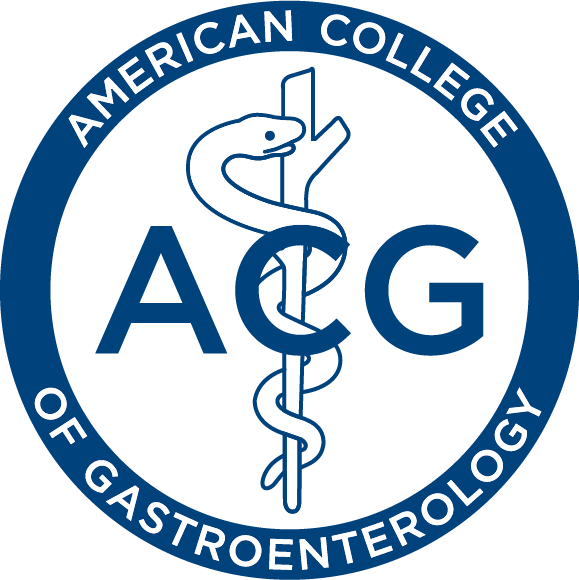Newswise — Gallstones are one of the most common gastrointestinal (GI) problems, especially for women. Women between the ages of 20 and 60 years are three times more likely to develop gallstones than men. Gallstones are solid clumps of cholesterol or pigment material that form in the gallbladder, and can range in size from a single grain of sand up to the size of a ping-pong ball.
Risk factors for the development of gallstones include:1. Female gender2. Multiple pregnancies3. Age over 604. Obesity5. Rapid weight loss (especially after weight loss (bariatric) surgery)6. Diabetes Some common symptoms of symptomatic gallstones include:1. Severe pain in the upper stomach2. Pain under the shoulder or in the right shoulder blade3. Nausea or vomiting4. Jaundice (yellowing of the skin and eyes)5. Fever/chills
When the pain of a "gallbladder attack" lasts longer than 1 to 2 hours, or is associated with fever, you should see your doctor immediately or seek emergency medical attention.
Tips to help lower the risk of gallstones:1. Maintain a healthy body weight2. Avoid crash diets or a very low intake of calories—less than 800 calories a day3. Exercise regularly4. Choose a low-fat, high-fiber diet that emphasizes fresh fruits, vegetables, and whole grains
For more information on gallstone disease, visit the ACG website at http://www.acg.gi.org
About the American College of GastroenterologyFounded in 1932, the American College of Gastroenterology (ACG) is an organization with an international membership of more than 10,000 individuals from 80 countries. The College is committed to serving the clinically oriented digestive disease specialist through its emphasis on scholarly practice, teaching and research. The mission of the College is to serve the evolving needs of physicians in the delivery of high quality, scientifically sound, humanistic, ethical, and cost-effective health care to gastroenterology patients.
